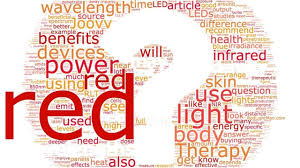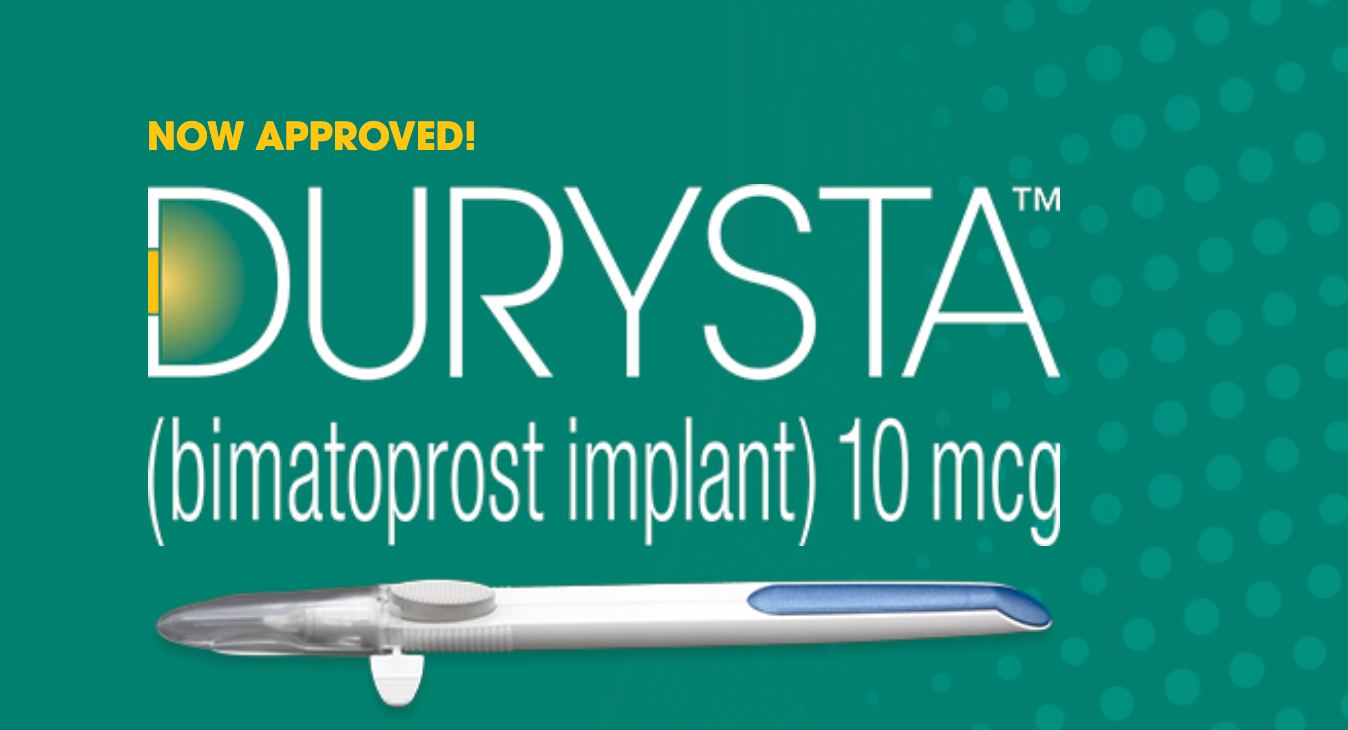Researchers at the University College London are looking into the possible benefits of red light therapy for people suffering from declining vision.

Their findings were published in the June 2020 edition of The Journal of Gerontology: Series A, Biological Sciences and Medical Sciences. The research team tested eye function and sensitivity of the rods and cones in 24 study participants comprised of 12 men and 12 women between the ages of 28 and 72 with no pre-existing eye conditions.
As we age, we experience a natural decline in our mitochondria's ability to produce adenosine monophosphate (AMP), which is a necessary, energy compound and it carries out all of the cellular processes to keep you energetic and healthy. Our photoreceptor cells, which are in the retina, age faster than any other organ and have a really high energy demand.
Previous animal studies revealed that long wavelength deep red light can improve the function of the photoreceptors so the research team sought to test these findings in humans. Study participants were tested for eye function and then sent home with a small LED light that gave off a deep red light beam and were told to look directly at it for three minutes a day over a two-week time period.
After the two-week period, participants had their eyes retested. What the researchers found was that there was no notable difference in the eye function of those under the age of 40 but those over the age of 40 had a significant improvement in their ability to detect different colors and the ability to see in dim light.
The study offers hope that red light therapy may be a therapy that is available in the future but further studies need to be conducted to determine potential side effects.














